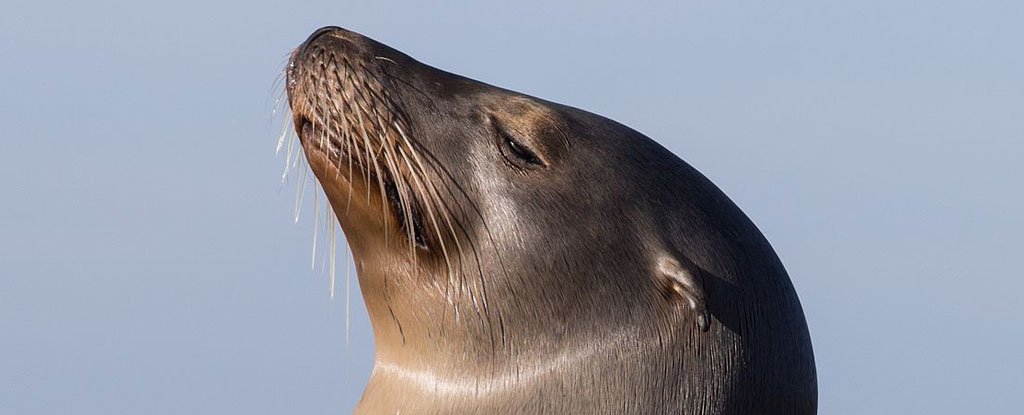
Humans have great hands. They are sensitive and can be moved over objects to feel them. These movements are task specific. This means that you can change your movements depending on what you want to feel about the object.
We squeeze or push objects to feel around the edges of objects to judge size and shape. If you wanted to feel the texture of an object, you would sweep your fingertips over the surface.
Being able to control our movements with different strategies shows that we can pay attention to the edges of shapes and the texture of objects, for example, by drawing on our past experiences.
This means that we have a high level of control over our perception of touch.
Touch in mammals.
Most mammals don't have the same dexterity as humans. They have whiskers, which are touch-sensitive hairs on their faces, and they use them to explore objects.
Scientists have been studying whiskers in rats and mice for decades, trying to understand how signals from the whiskers are processed in the brain. whiskers are also moved with amazing strategies, just like our fingers.
Rats, mice, and some other mammals can move their whiskers in a to-and-fro scanning motion. mammals can make whisking movements up to 25 times per second in mice
Rats and mice use other whisker movements when they are in contact with objects. They include bunching up their whiskers to make more of them touch a surface, making light touches to enable clearer signals against a surface, and slowing down whisker movements so they contact the surface for longer.
No one knew if animals could adapt their whisker movements for different tasks.
It would indicate a precise level of control over their sensors and perception if they were to do task-specific movements.
Selecting a candidate species.
The first step in answering this important question was to choose a likely candidate species.
Pinnipeds, including seals, sea lions, and walruses, have whiskers that are thick and long, making them easier to measure than smaller mammals.
They have some of the most sensitive whiskers of any mammal, and they can detect shapes andtextures in cold water, even if they don't have fingers.
They can also be moved. California sea lions make the largest and most controlled movements with their whiskers when compared to harbor seals and Pacific walruses.
California sea lions were the ideal subject for our investigation because of their ability to perform object- discrimination tasks, as well as their ability to distinguish between objects based on size and shape.
Our work with a man.
We used a sea lion for the full complement of experiments. It is common in marine mammal studies to only have one individual, but it puts pressure on the investigators to collect good quality data from that individual.
She was trained to use her whiskers to complete the task.
She had to find a fish-shaped object among other distractor fish. She completed a size discrimination task of finding a medium-sized fish amongst other distractors and a visual task of finding a grey fish amongst other colored distractors.
She was filmed doing the tasks thousands of times, and her whisker and head positions were tracked in the video footage.
It was clear from the data and video footage that she made specific movements with her whiskers. She felt around the edges of the different-sized shapes. Humans use these movement strategies with their fingertips.
The ability to switch whisker exploration strategies between tasks made it possible for Lo to complete the tasks efficiently. In less than half a second, he found the correct fish in almost all of the trials. Video footage of the other sea lions also showed them using the same strategies, so we think that this might be common among California sea lions in general.
And now other animals.
Seeing the same movement strategies used by sea lions and humans shows how important they are for improving touch signals.
The other species of Pinniped have whiskers that are sensitive and can make task-specific movements. We are looking at this along with other species of animals.
This is the first time that task-specific whisker touch is documented. It shows that studying whiskers can give us important insights into animal movement control.
The Senior Lecturer in Comparative Physiology & Behavior is Robyn Grant.
The Conversation's article is a Creative Commons licensed one. The original article can be found here.
